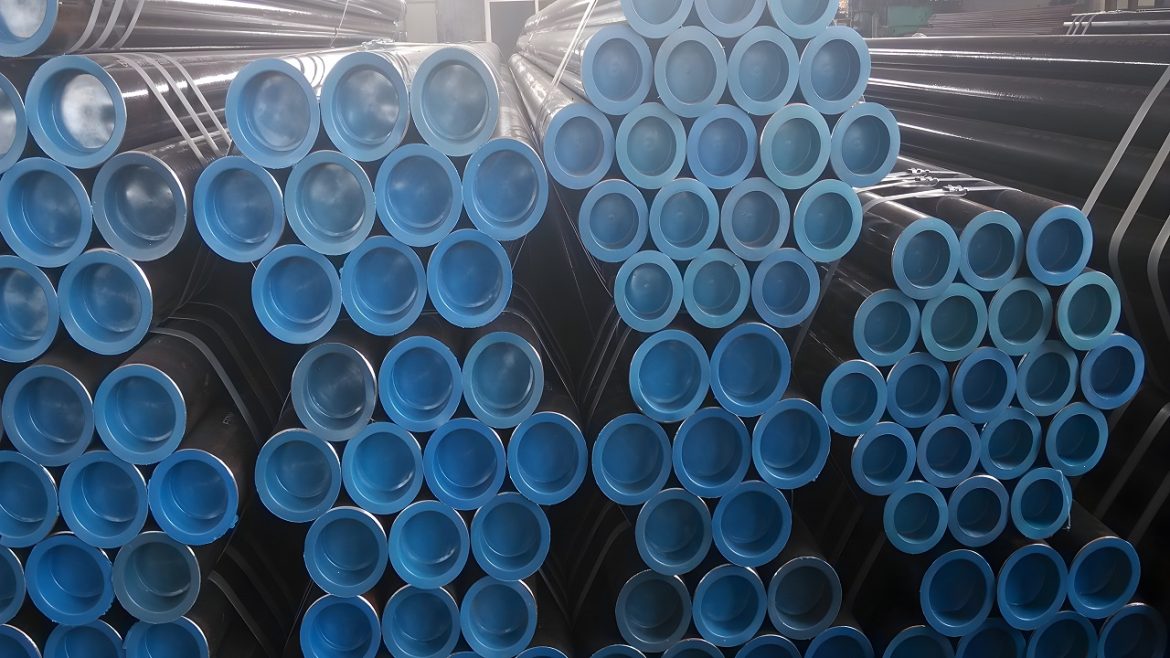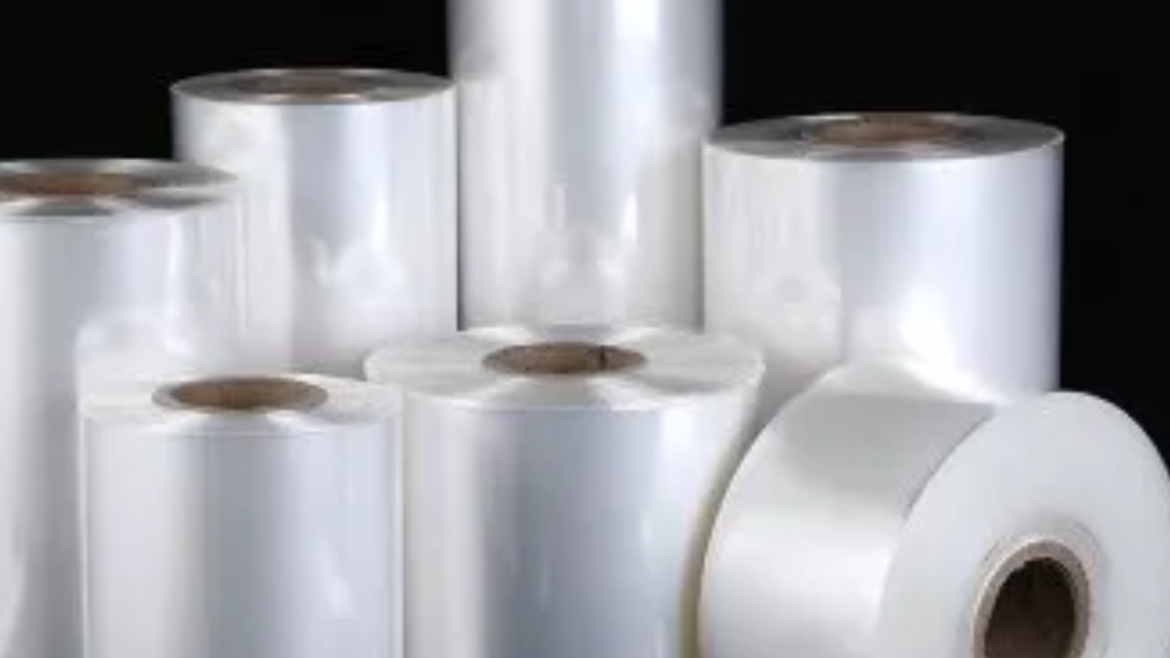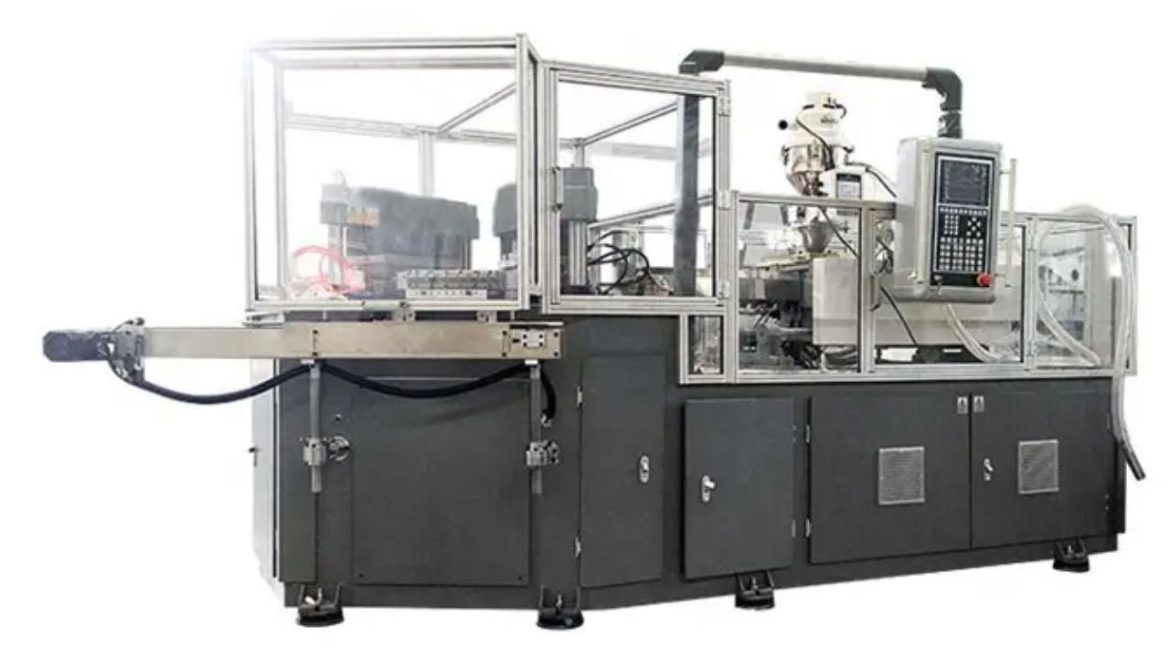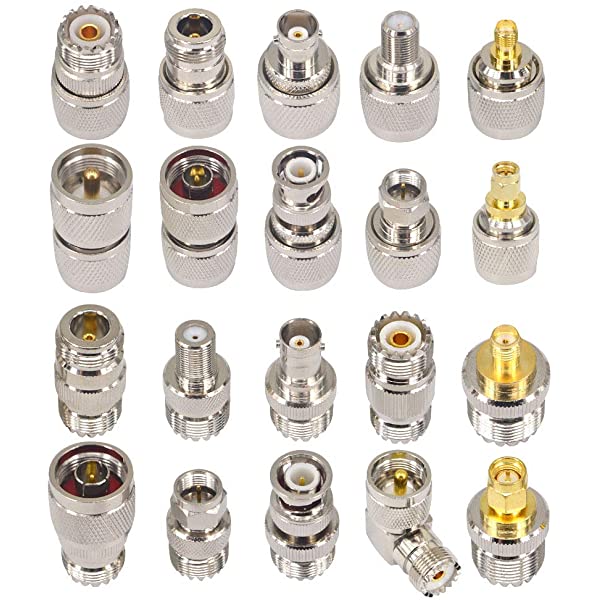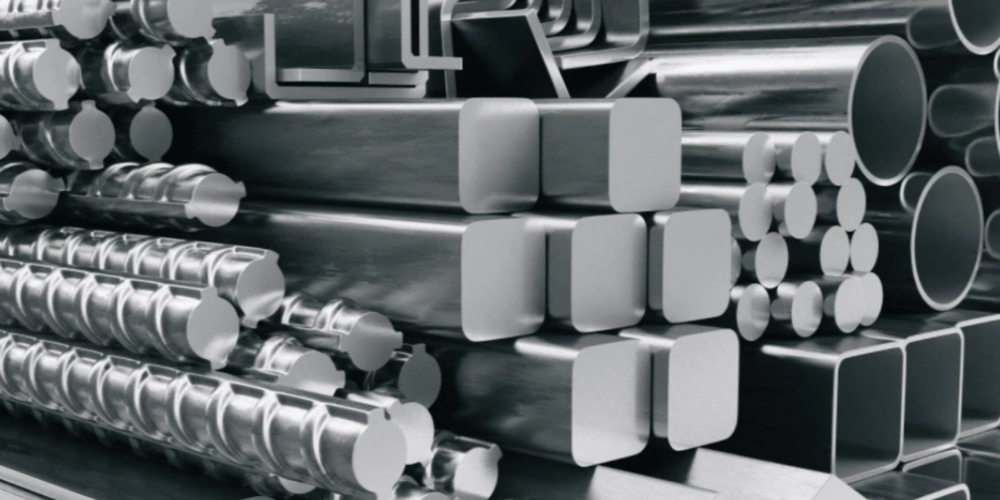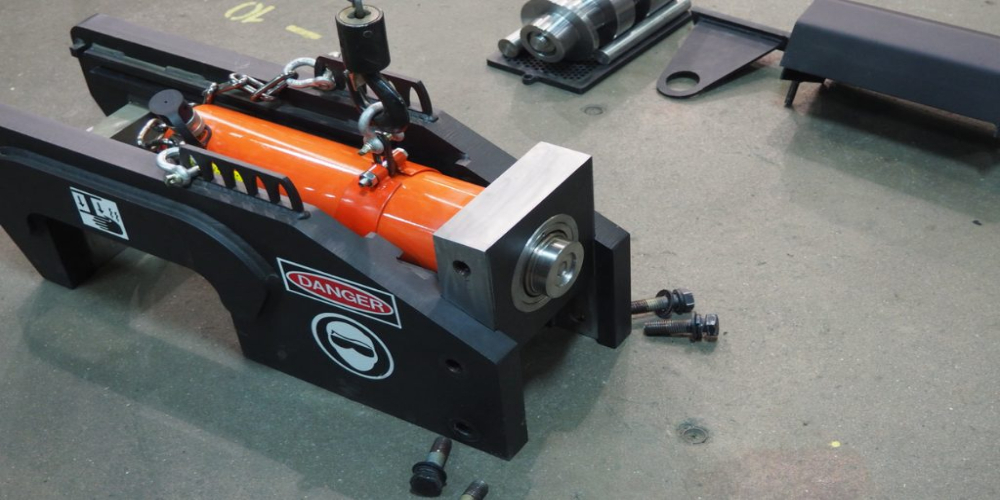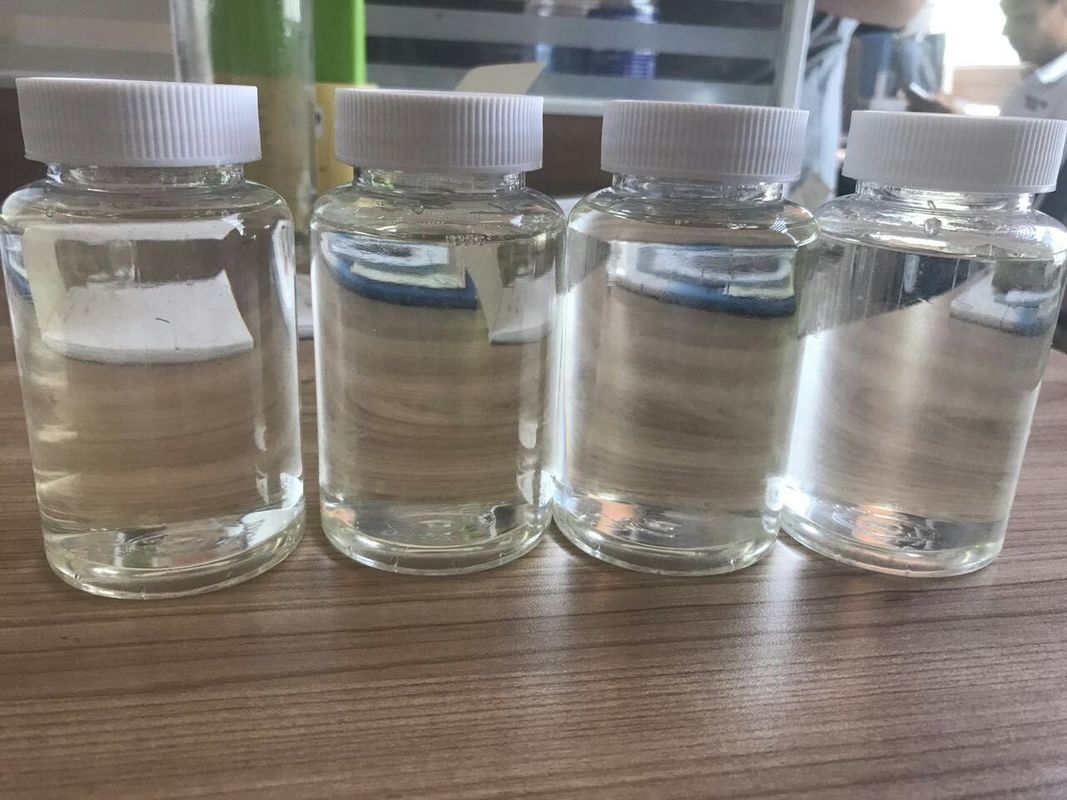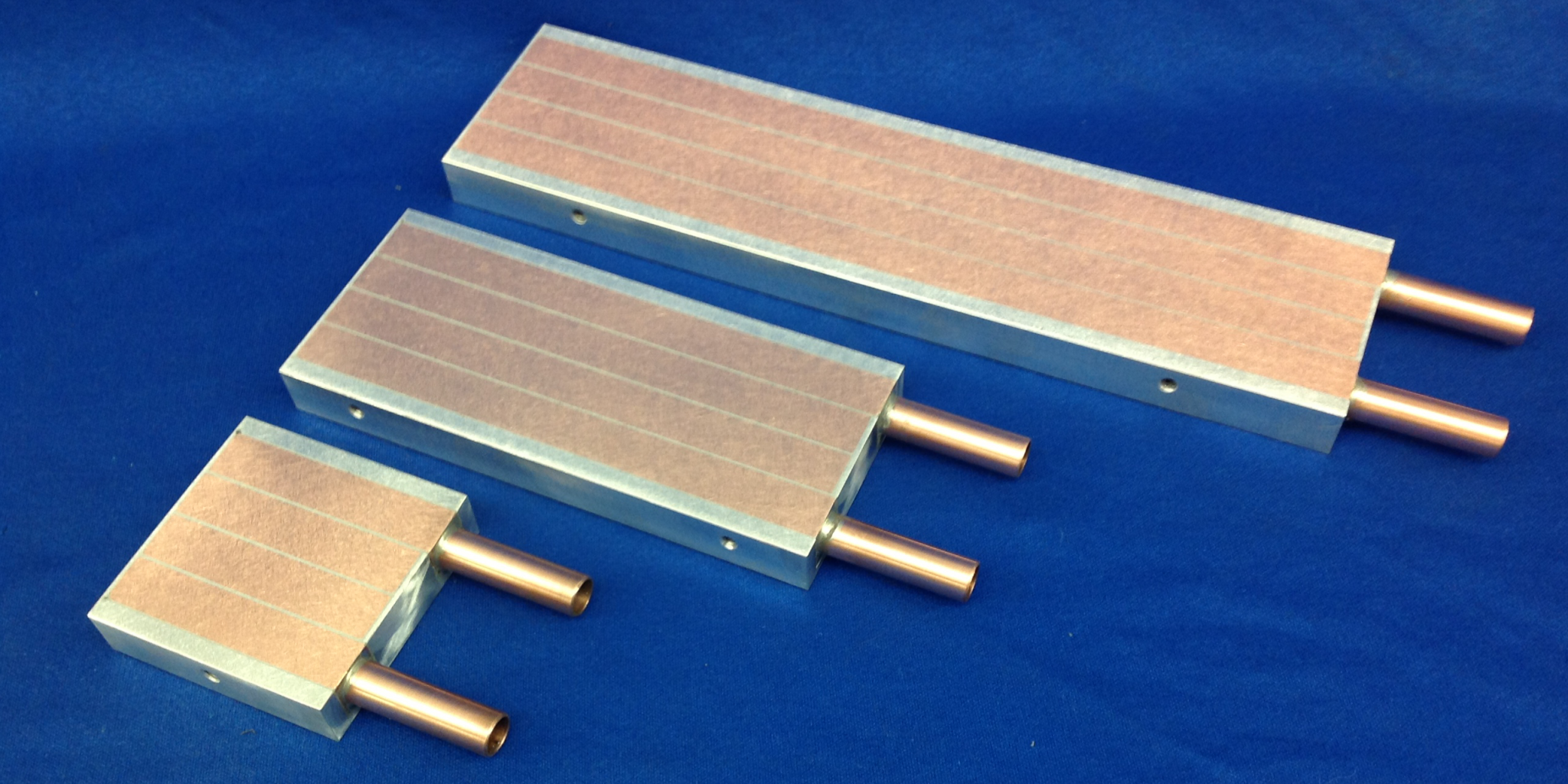As a result of its high strength and suitability for higher-pressure applications, API 5L X52 pipe sees extensive use in the petroleum industry. This steel grade is pivotal in the making of pipelines that carry petroleum, natural gas, and other fluids. Investigating the API 5L X52 pipe’s chemical makeup and physical properties is essential for grasping its capabilities. Check out the API 5L X52 Reliable Line Pipe by clicking the link.
Chemical Composition of API 5L X52 Pipe
API 5L X52 pipe’s mechanical and physical properties are heavily dependent on its chemical composition. To achieve the desired properties, this composition is strictly controlled. Key components and their acceptable ranges are outlined below.
- API 5L X52 pipe has a maximum carbon content of 0.28%, which provides strength while still being readily weldable and formable.
- The addition of up to 1.4% of manganese improves the mechanical properties and tensile strength of the pipe.
- The maximum allowable concentrations of the elements Phosphorus and sulfur in the pipe are 0.03% each.
- The steel’s strength and stability come partly from the trace amounts of vanadium (V) and niobium (Nb) incorporated into the metal.
- Controlled additions of titanium (Ti) improve grain refinement and mechanical properties in general.
- Concentrations of copper (Cu), nickel (Ni), and chromium (Cr) are controlled to give the steel its desired properties.
Material Properties of API 5L X52 Pipe
API 5L X52 pipe is used for a wide variety of purposes, with the specifics depending on its chemical composition and subsequent material properties. Key characteristics of the material are as follows:
- API 5L X52 pipe has a minimum tensile strength of 66,700 psi (460 MPa) for the pipe body in PSL-1 conditions, with a yield strength of 52,200 psi (360 MPa). Values are significantly higher and shift depending on grade (X52N, X52Q, X52M) for PSL-2 conditions.
- Elongation measures how far a material can be stretched before snapping. For the PSL-1 pipe body, API 5L X52 pipe shows a minimum elongation of 21%, while for PSL-2, it varies across grades and conditions.
- The toughness of API 5L X52 pipe is measured using Charpy V-notch (CVN) impact testing. This quality is essential for uses in which the pipe is subjected to sudden impacts or loading.
- The ability of a pipe to withstand deformation without cracking is tested by bending and flattening it. The structural integrity of the pipe can be judged in part thanks to the results of these tests.
- The hydrostatic pressure test is performed on the API 5L X52 pipe by filling it with water and subjecting it to a pressure greater than its maximum operating pressure. The pipe’s durability and lack of leaks are verified by this examination.
- Pipes’ ability to withstand cracking under impact loading are measured with the Drop Weight Tear Test (DWTT). This is especially crucial for large-diameter pipes used in essential processes.
Conclusion
To ensure that API 5L X52 pipe satisfies the demanding standards of the oil and gas industries, its chemical composition and material properties are strictly regulated. High-pressure uses are possible because of this steel’s exceptional strength, toughness, and fracture resistance. In order to choose and implement the most suitable pipeline solutions for their projects, engineers and professionals in the field rely on these material properties. Stakeholders can improve the safe and efficient transport of valuable resources by learning more about the chemistry behind API 5L X52 pipe and its resulting properties.
